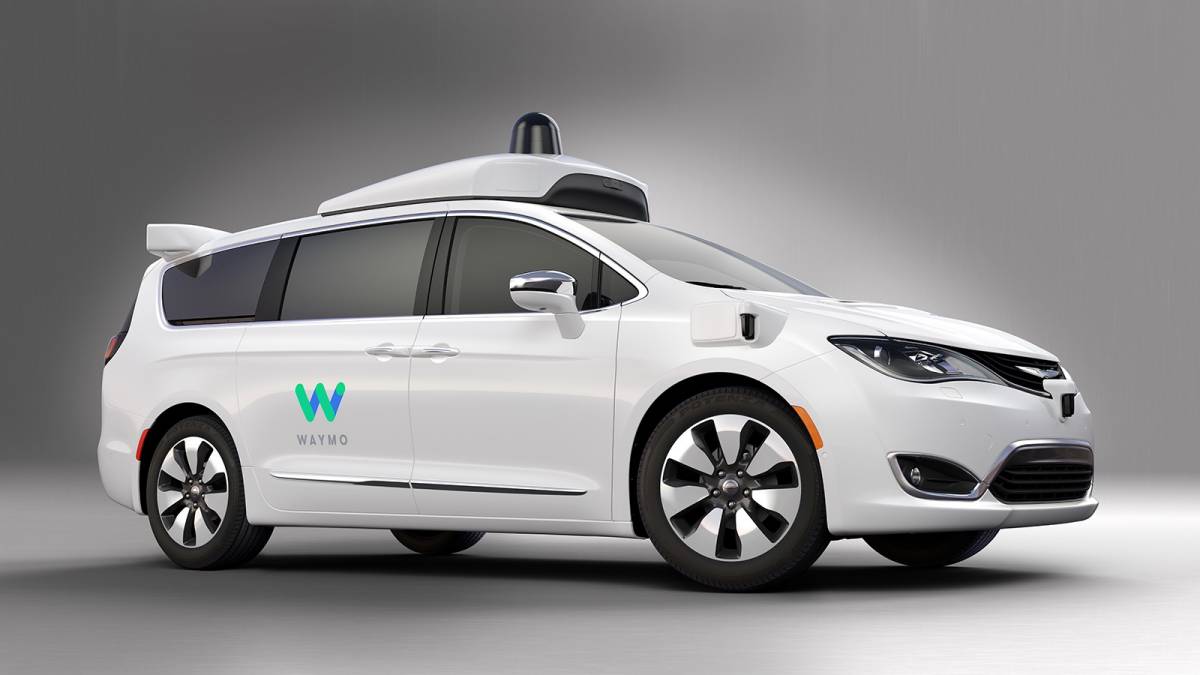
The Promise of Self-Driving Tech
The list of the potential benefits of self-driving technology is long. Most of that list highlights the level of convenience the tech will bring and the fact that it will ultimately save lives by reducing (if not completely eliminating) human error from the task of driving. But as experts and the public continue to focus on these types of benefits, people with disabilities are pointing out the many new opportunities they’ll have thanks to their increased mobility.
According to research commissioned by the Ruderman Family Foundation and Securing America’s Future Energy (SAFE), access to basic transportation via autonomous vehicles would have a huge impact on the United States’ disabled community as well at the country’s healthcare budget: “Approximately 2 million individuals with disabilities would have new employment opportunities, while $19 billion could be saved annually in healthcare expenditures.”
A surprisingly high number of disabled persons end up missing their medical appointments annually simply because they don’t have reliable transportation. Some of those people suffer from chronic disabilities that require consistent care and monitoring. By missing appointments, they can cause logistical problems for healthcare practitioners abd aggravate their current conditions. The patients often end up needing more expensive medical interventions to address their now-worse problems.

Understanding Diversity of Needs
In the most practical terms, making self-driving technology available to people with disabilities could amount to a total saving of $1.3 trillion per year when you factor in improved productivity, fuel-efficiency, and a reduction of auto accidents. However, certain policies specific to addressing the needs of the disabled community will need to be adopted first.
To arrive at savings as close as possible to the above, lawmakers will need to ensure that people with all manner of disabilities — from the visually impaired, to individuals who use wheelchairs, to the deaf community, as well as those with intellectual and developmental disabilities — are accommodated by this technology. To that end, the report details several areas that will help guide the planning and development of automated technology and regulation. These include:
- Recommending that governments loosen license requirements when operating level 4 autonomous vehicles (those capable of operating with no human intervention)
- Suggesting that regulatory boards introduce autonomous vehicles to provide mobility for underserved communities, including the disabled community and the elderly
- Encouraging the disabled community to make a concerted effort to focus on developing a common policy and advocacy agenda
- Drawing manufacturers’ and developers’ attention to the need to make the technology as accessible as possible for those with disabilities
Admittedly, making the technology available to everyone will be a challenging task for manufacturers and policy-makers, but it’s not impossible, and a thorough understanding of how autonomy will impact the lives of everyone, including the disabled community, will ensure that we can all benefit from this new era in mobility.